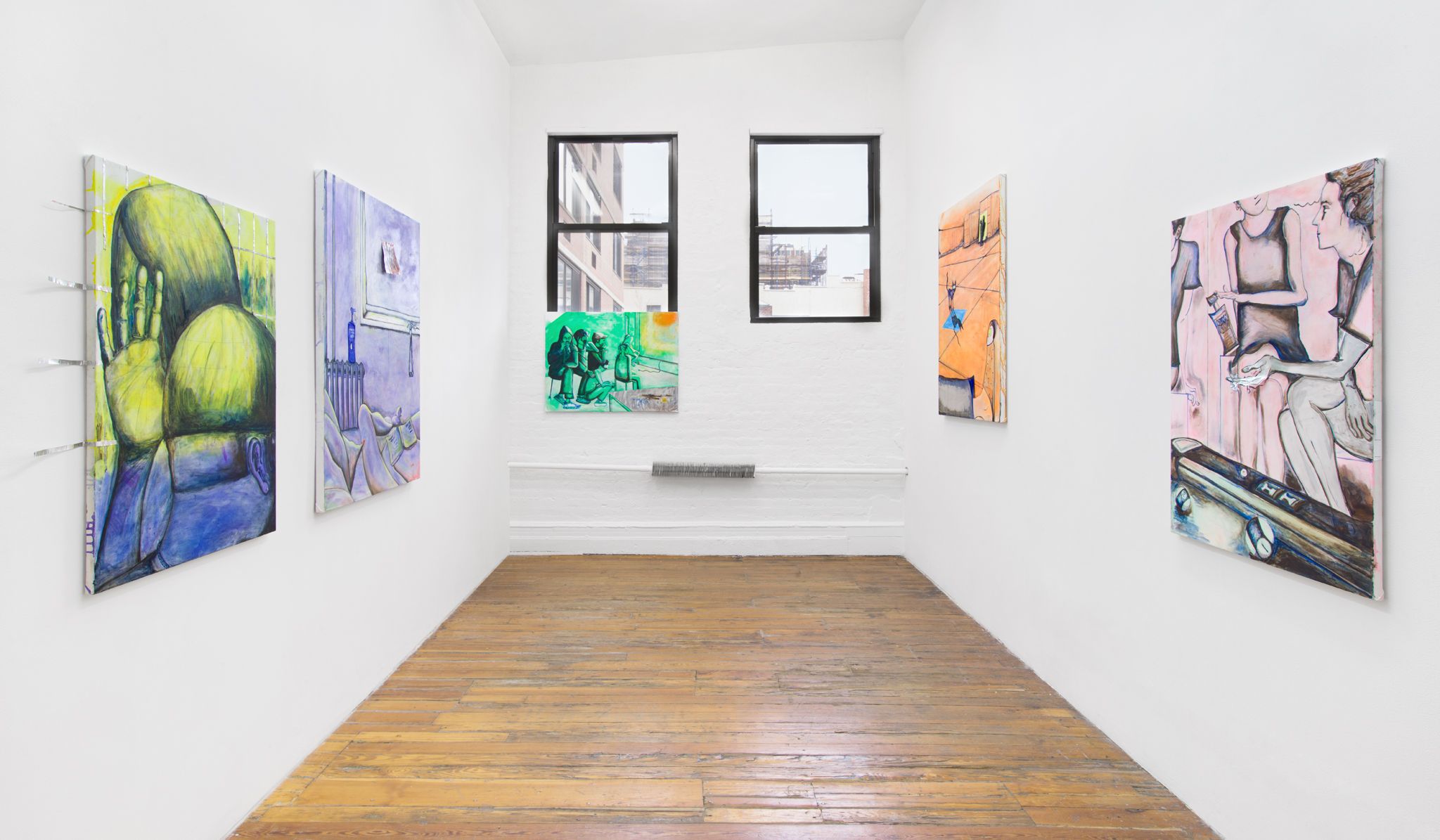
Installation view, Dani Leder, hedonistic sustainability, PAGE (NYC), 2018
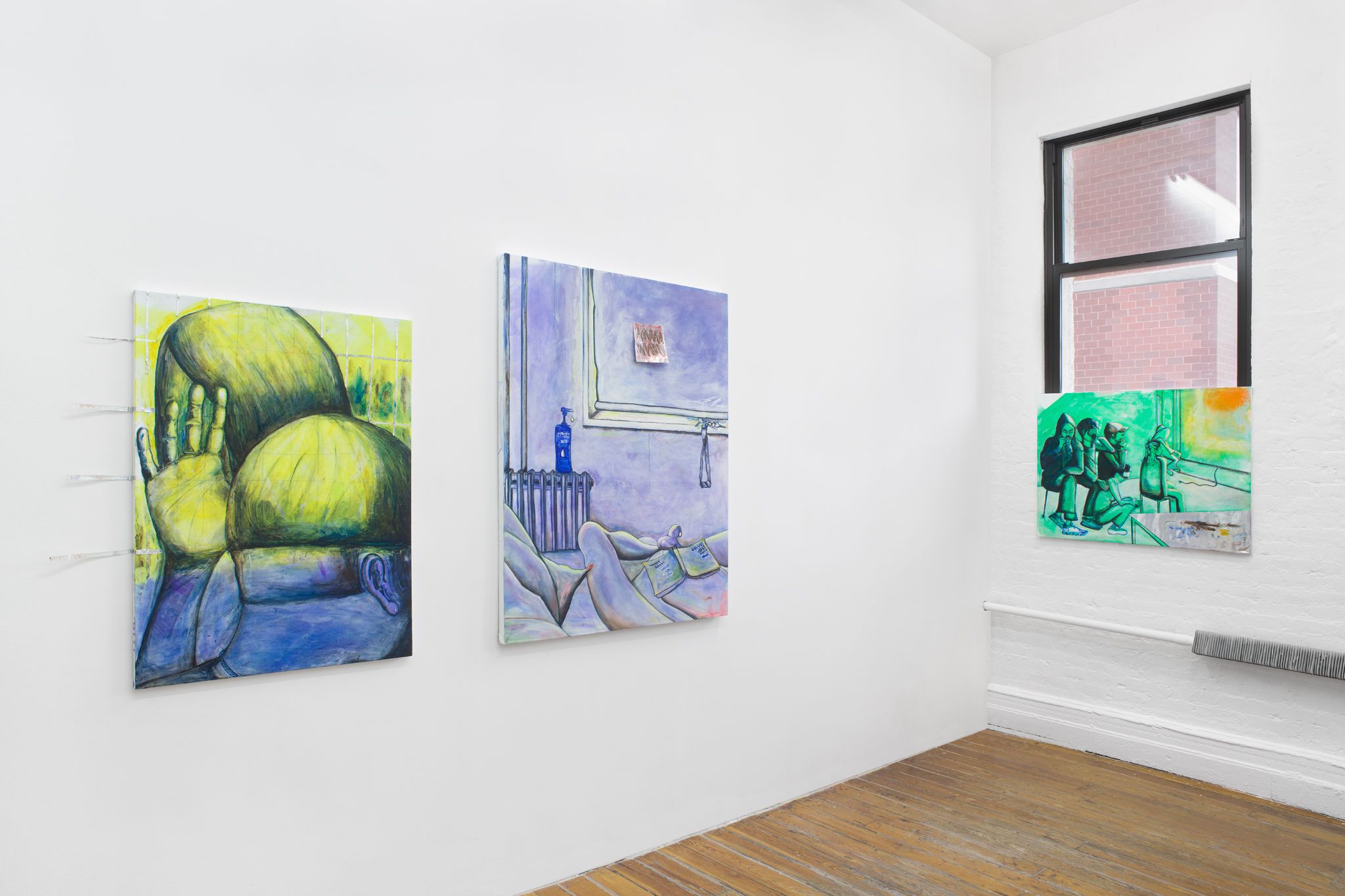
Installation view, Dani Leder, hedonistic sustainability, PAGE (NYC), 2018
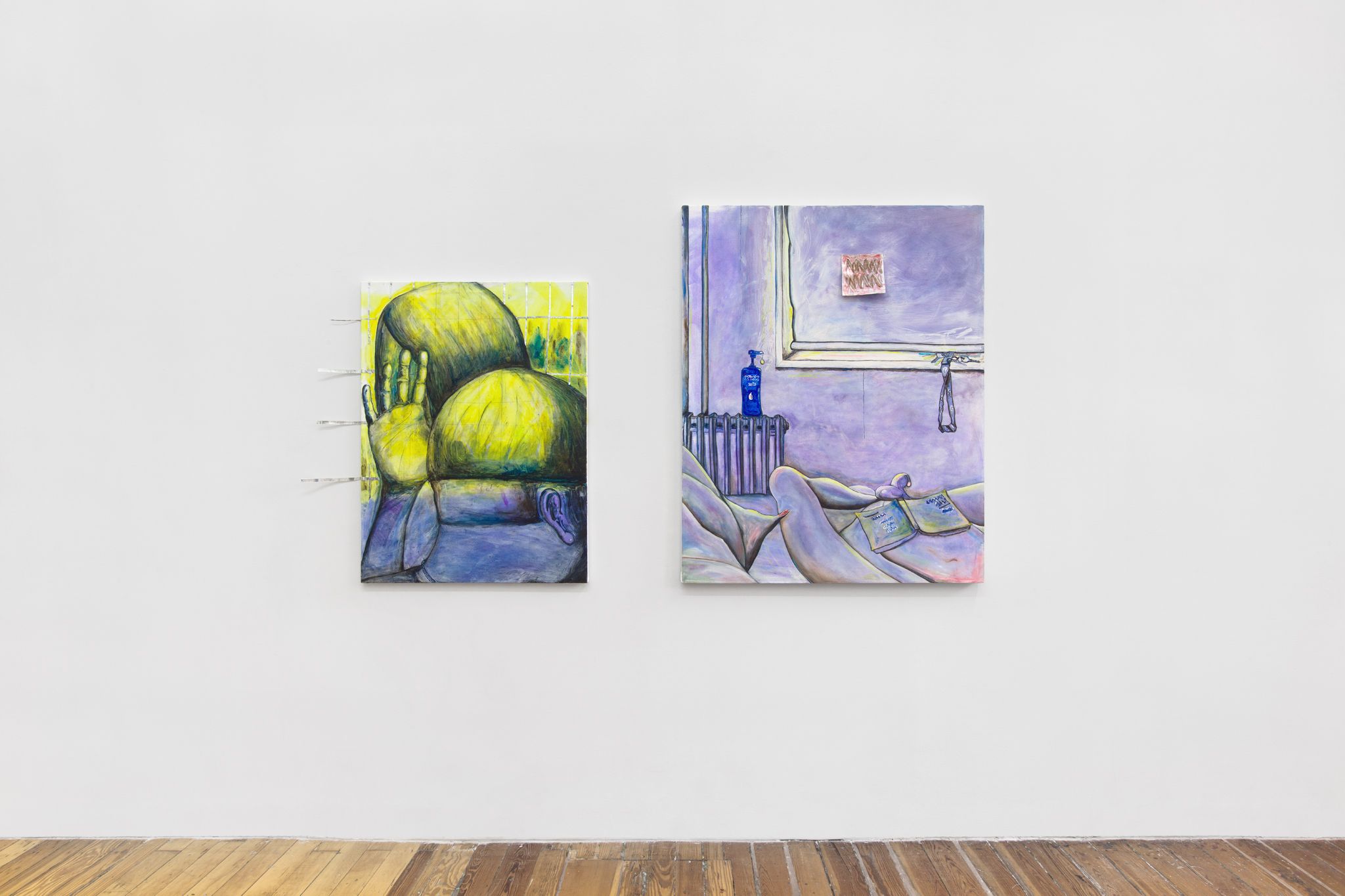
Installation view, Dani Leder, hedonistic sustainability, PAGE (NYC), 2018
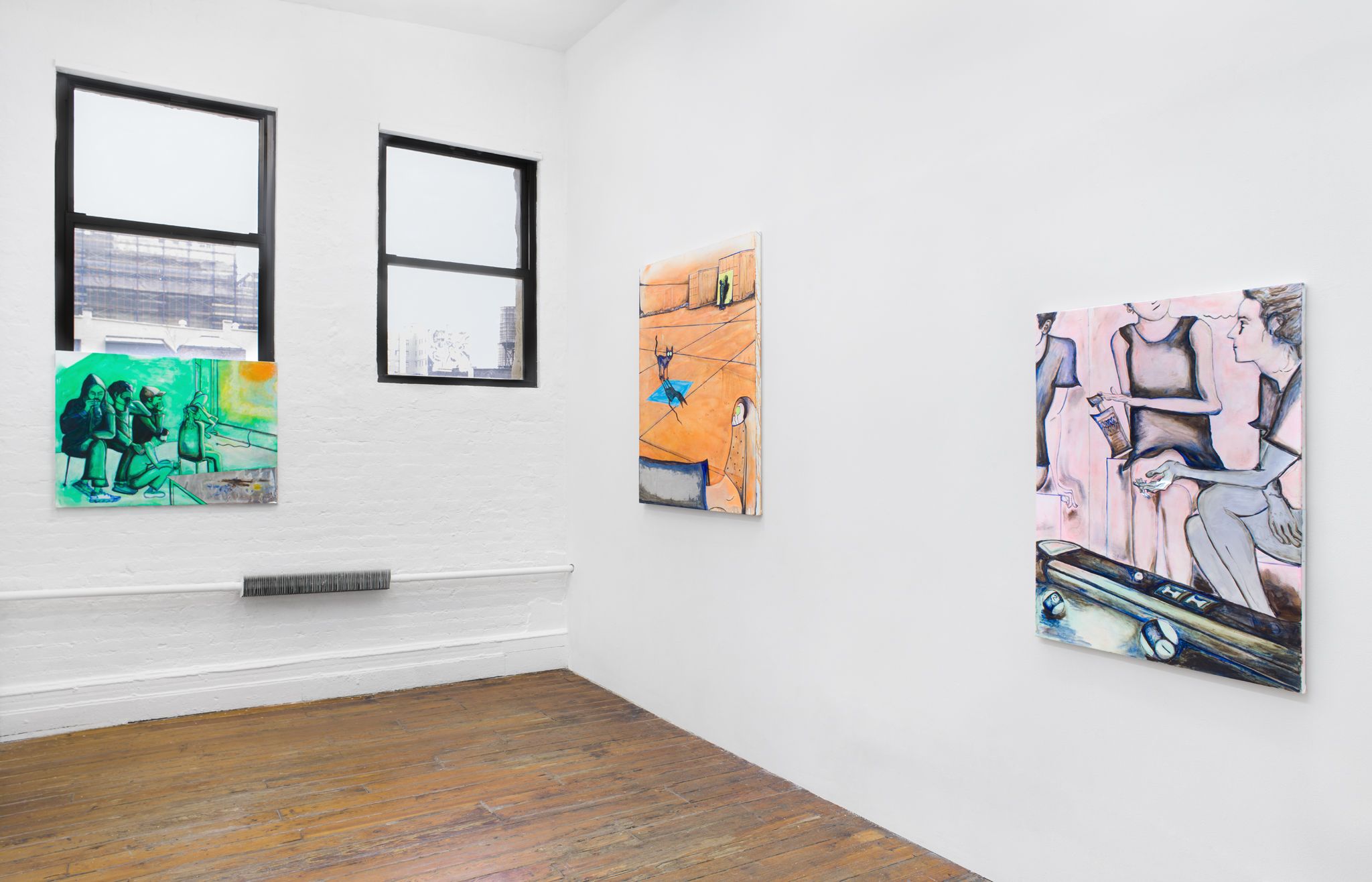
Installation view, Dani Leder, hedonistic sustainability, PAGE (NYC), 2018
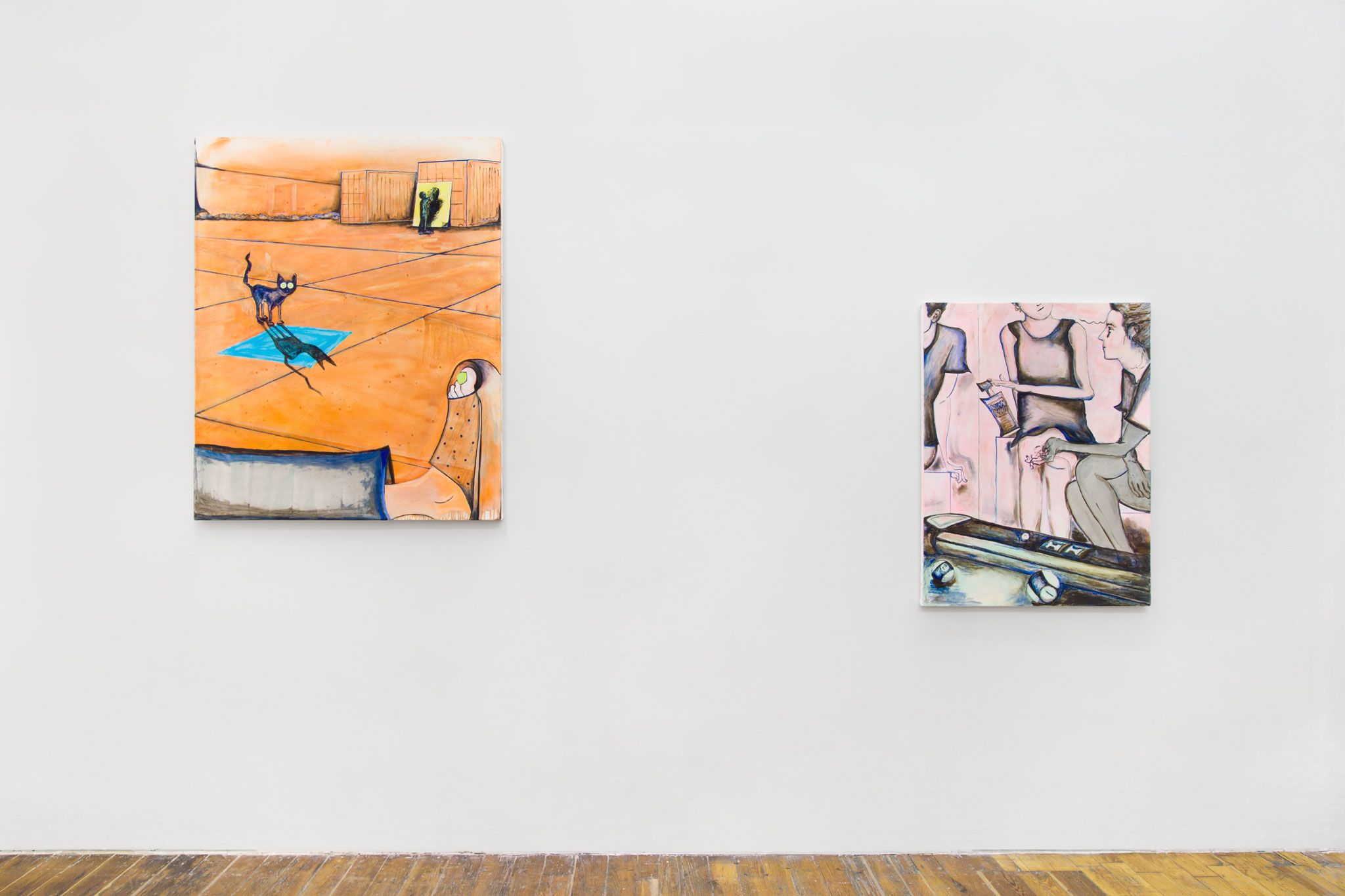
Installation view, Dani Leder, hedonistic sustainability, PAGE (NYC), 2018
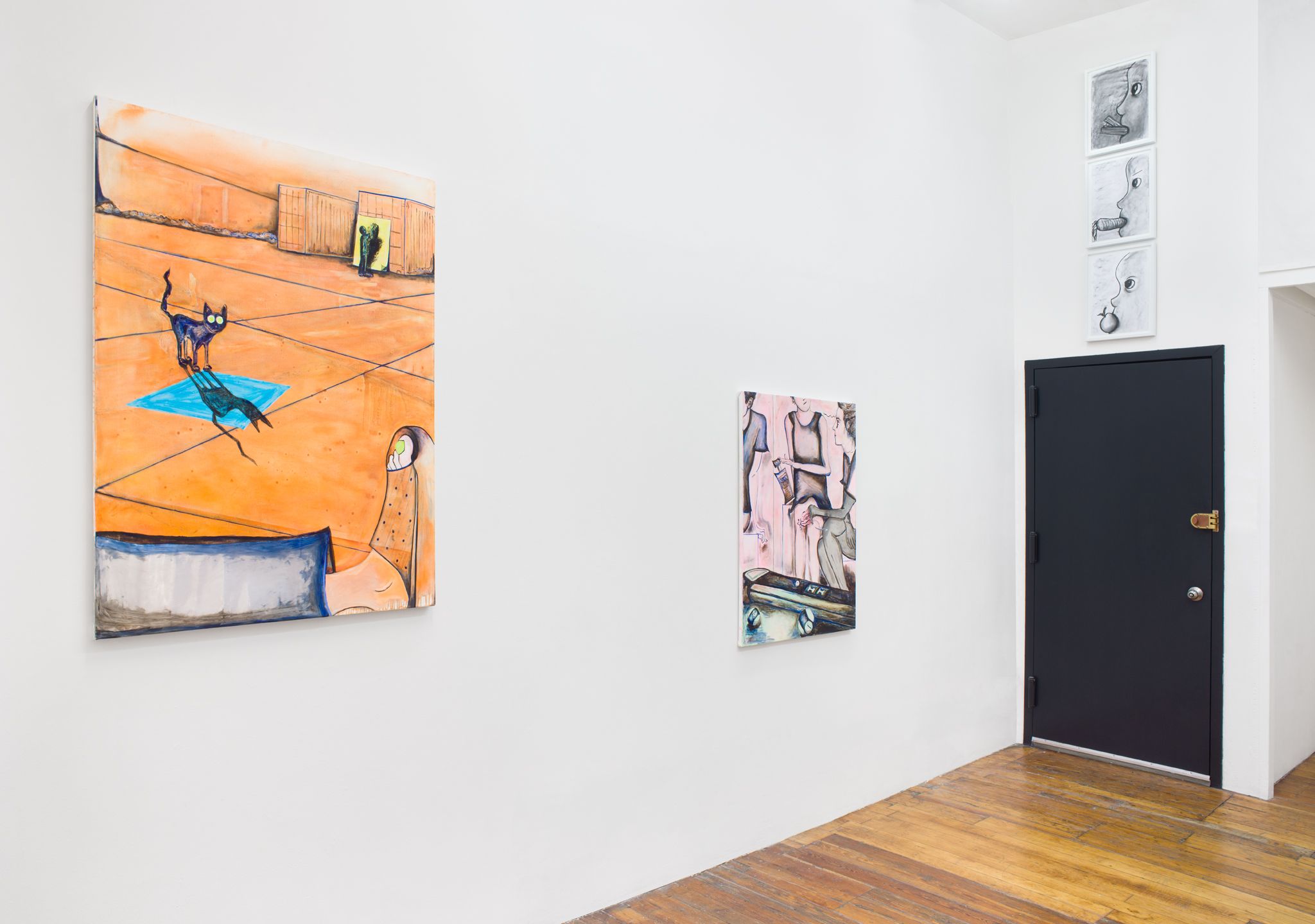
Installation view, Dani Leder, hedonistic sustainability, PAGE (NYC), 2018
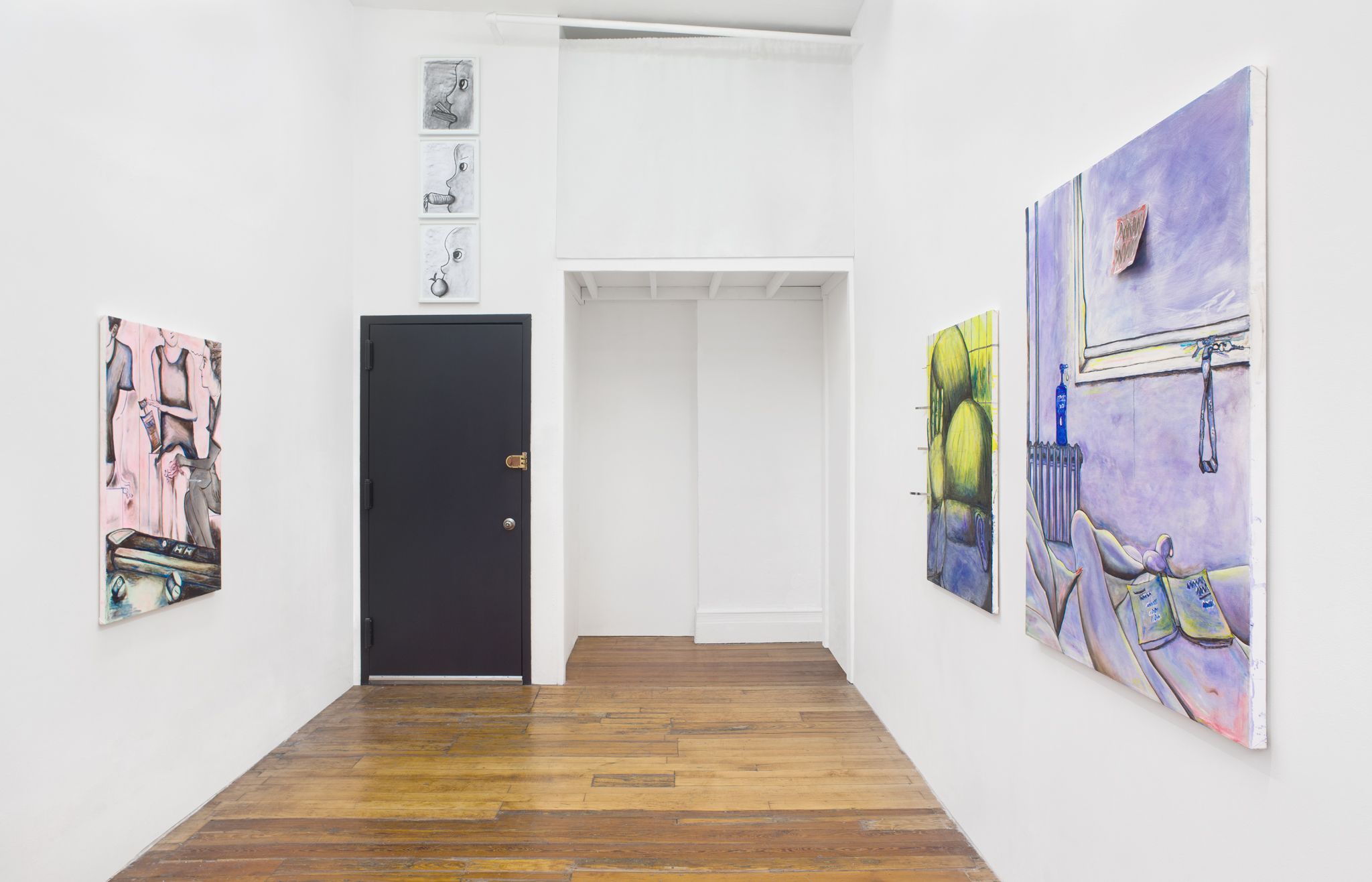
Installation view, Dani Leder, hedonistic sustainability, PAGE (NYC), 2018
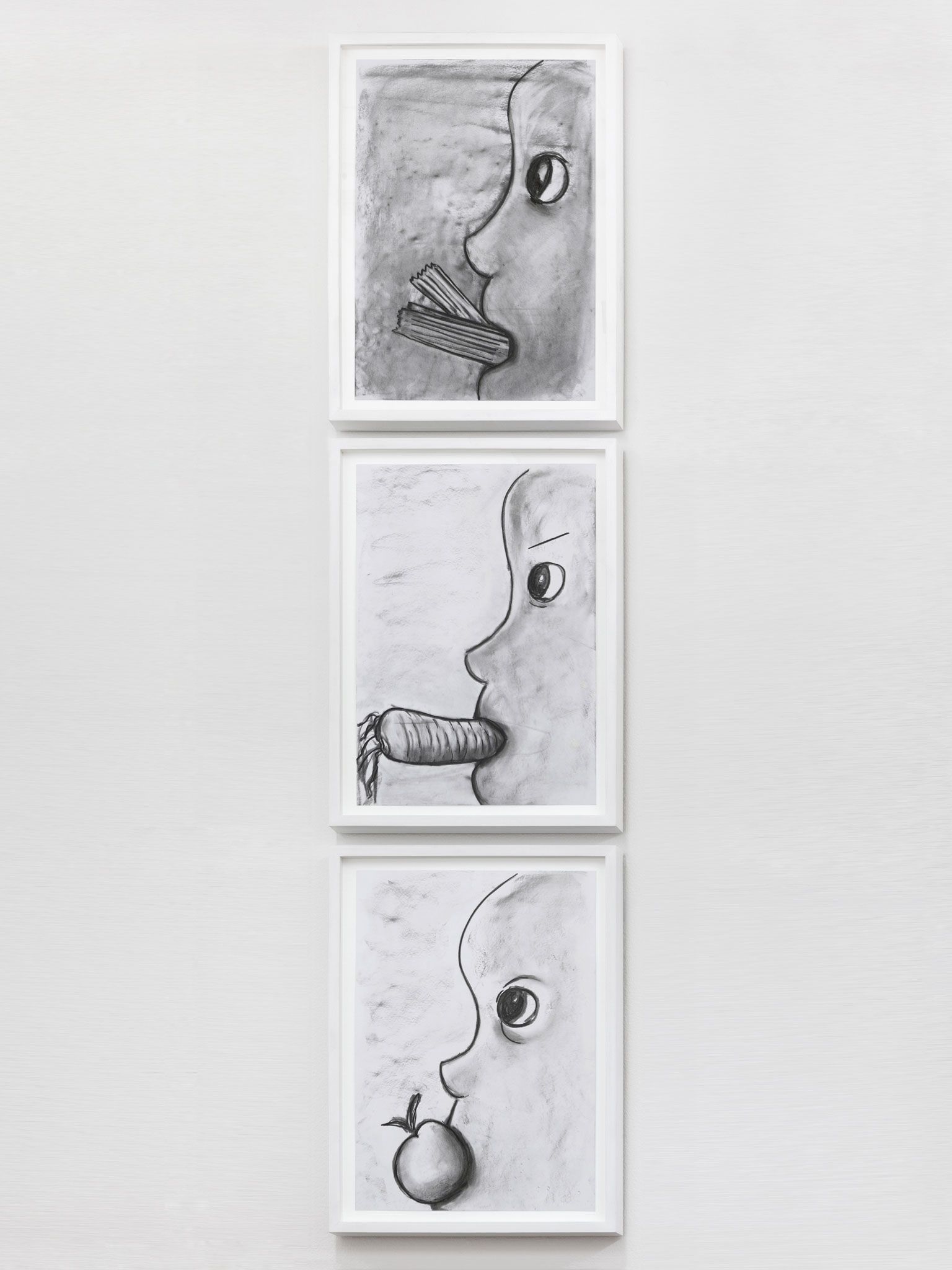
Installation view, Dani Leder, hedonistic sustainability, PAGE (NYC), 2018
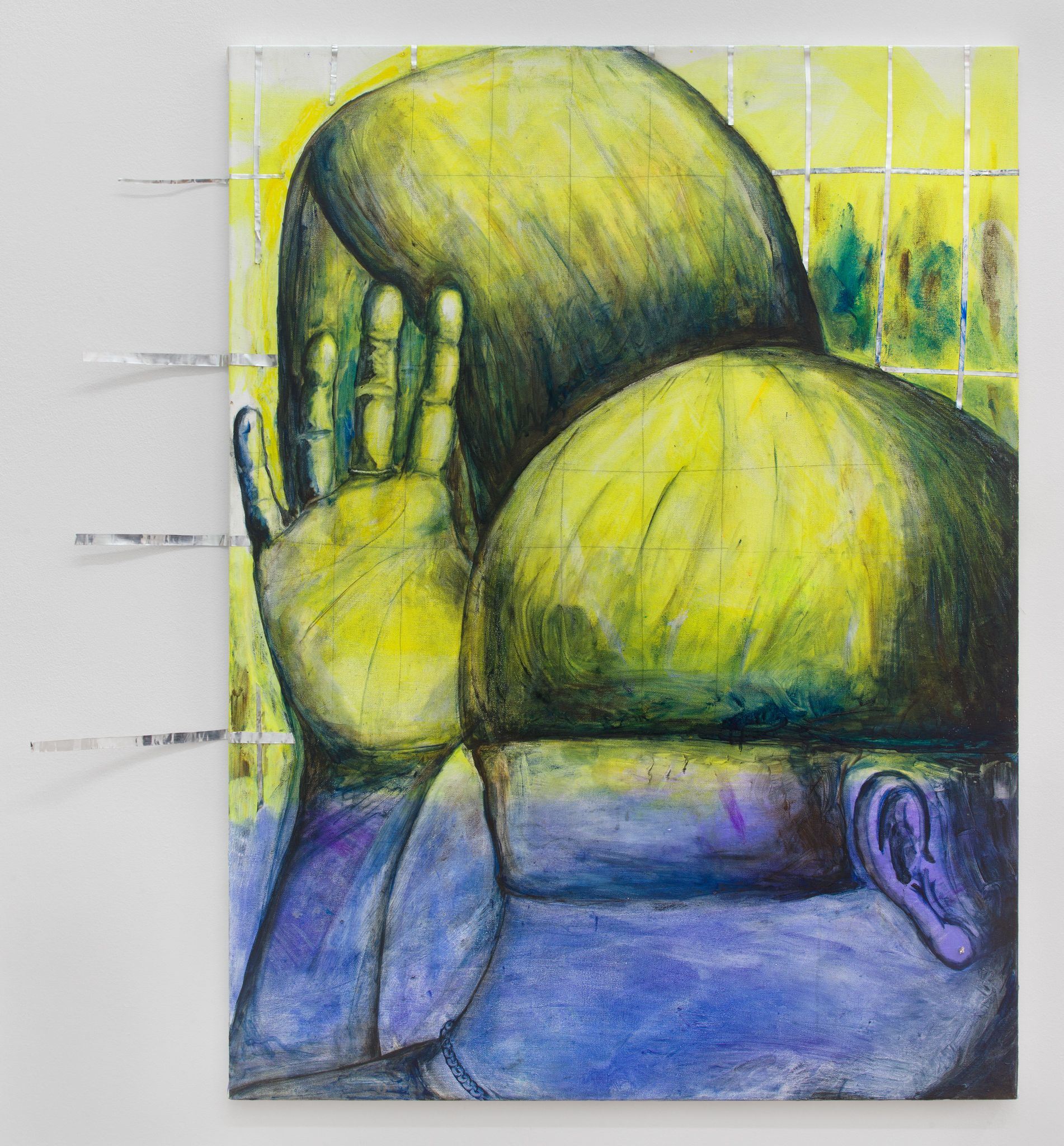
Dani Leder, Infinity Pattern, 2018, Oil, acrylic, aluminum on canvas, 40 x 37.5 inches

Dani Leder, Nivea, 2018, Oil, acrylic, aluminum on canvas, 50 x 40 inches
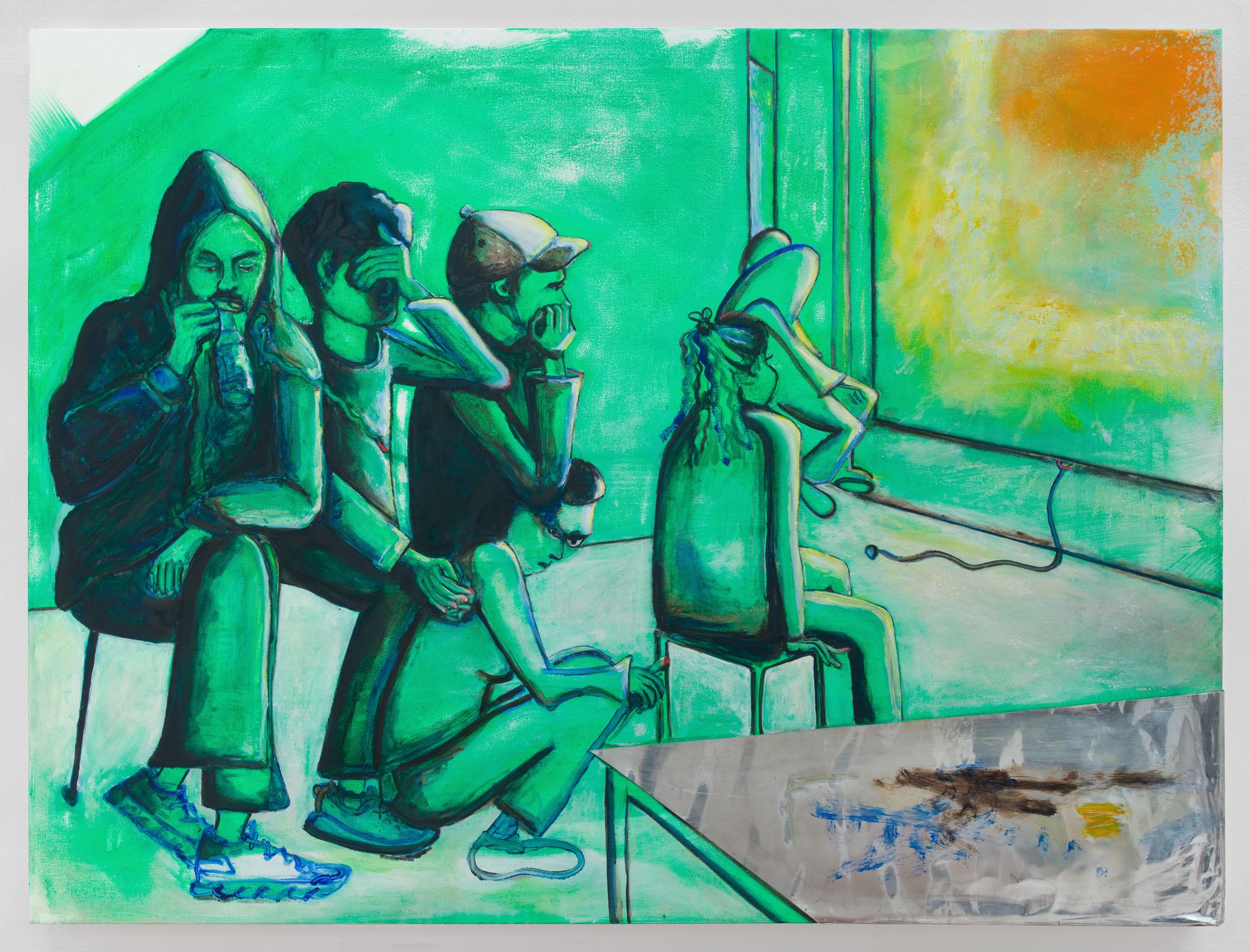
Dani Leder, Hedonistic Sustainability, 2018, Oil, acrylic, aluminum on canvas, 30 x 40 inches
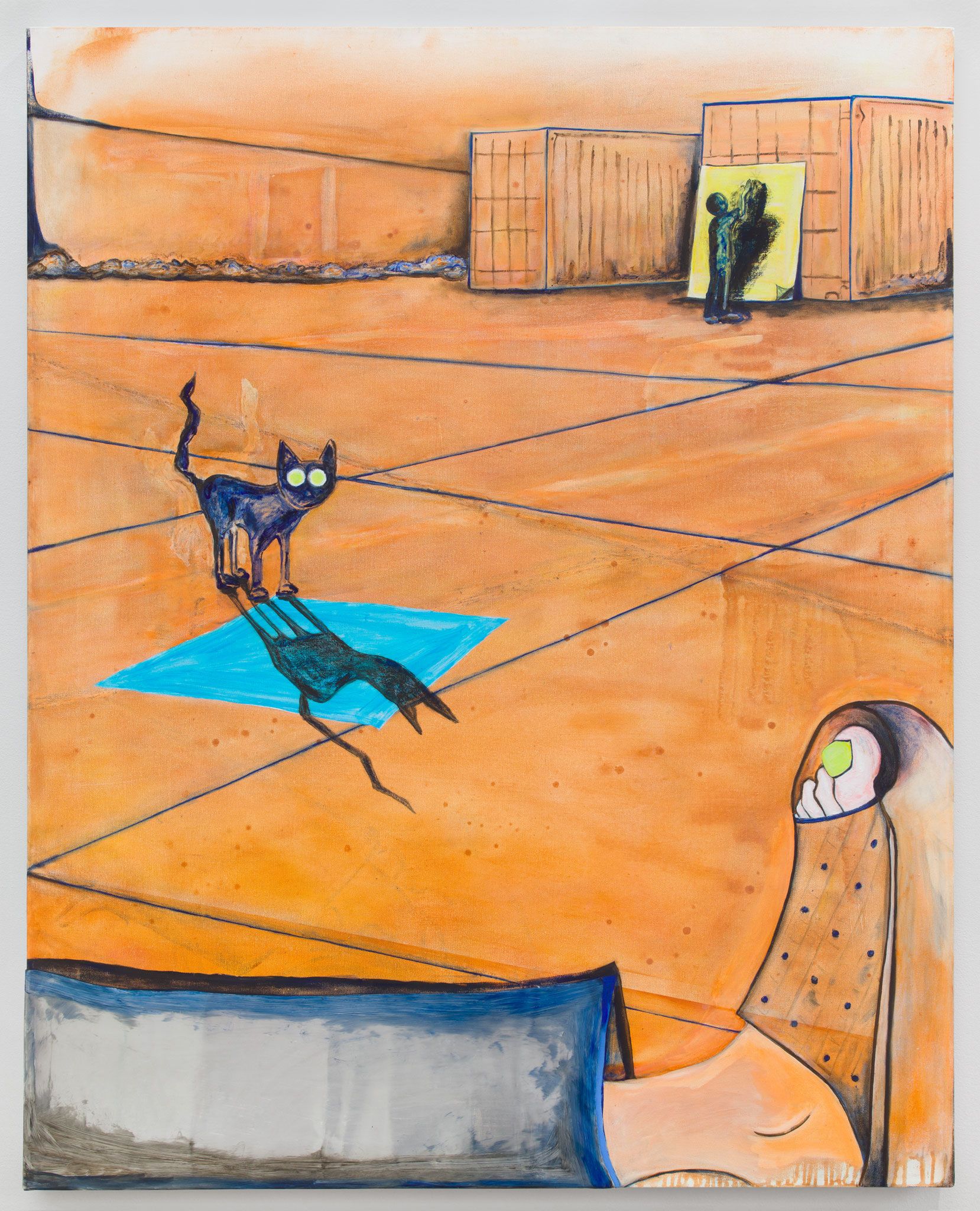
Dani Leder, School, 2018, Oil, acrylic, aluminum on canvas, 40 x 30 inches
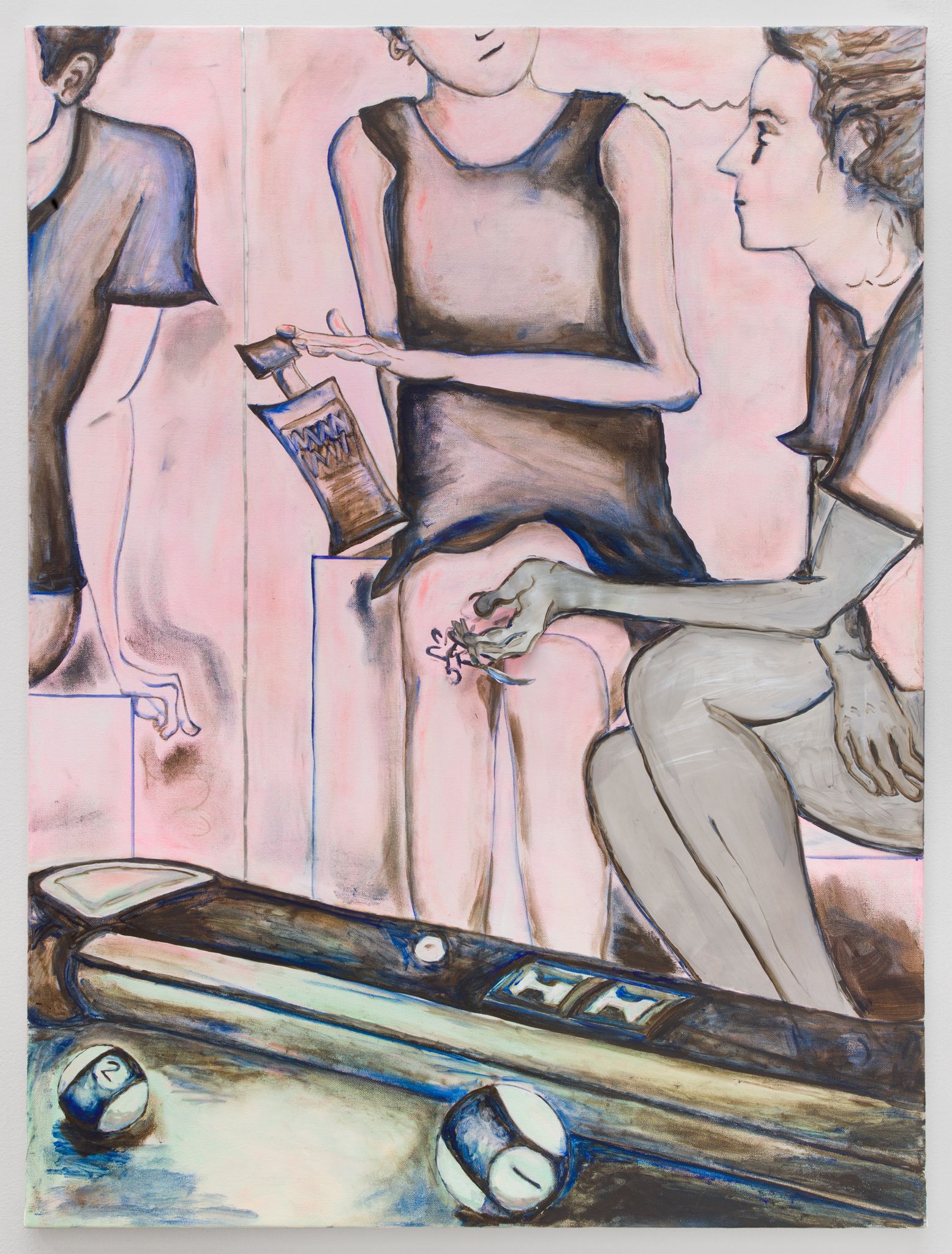
Dani Leder, 3, 2, 1, 2018, Oil, acrylic, aluminum on canvas, 40 x 30 inches
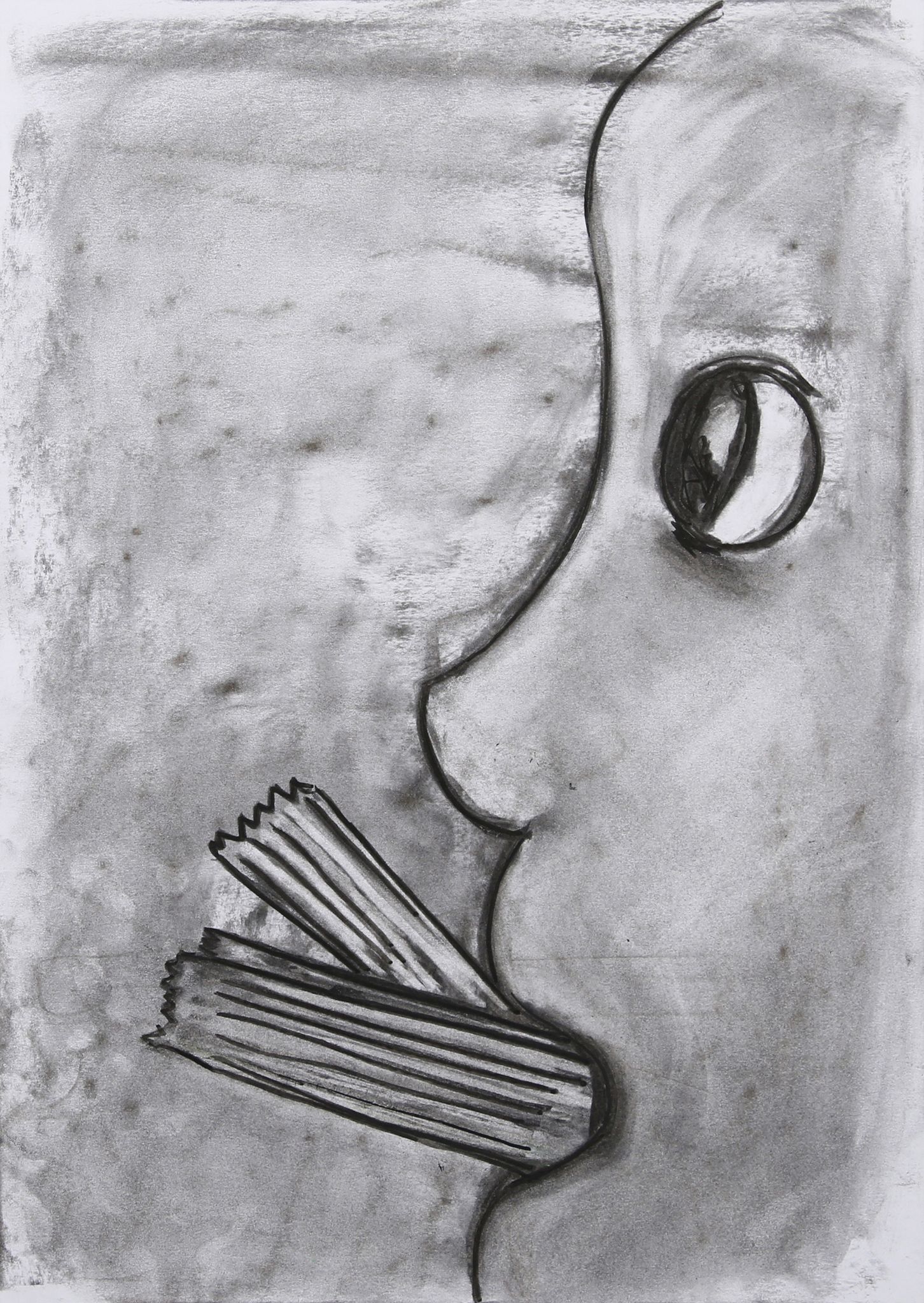
Dani Leder, 5 A Day / Celery, 2018, Charcoal, acrylic on paper, 16.5 x 11.7 inches
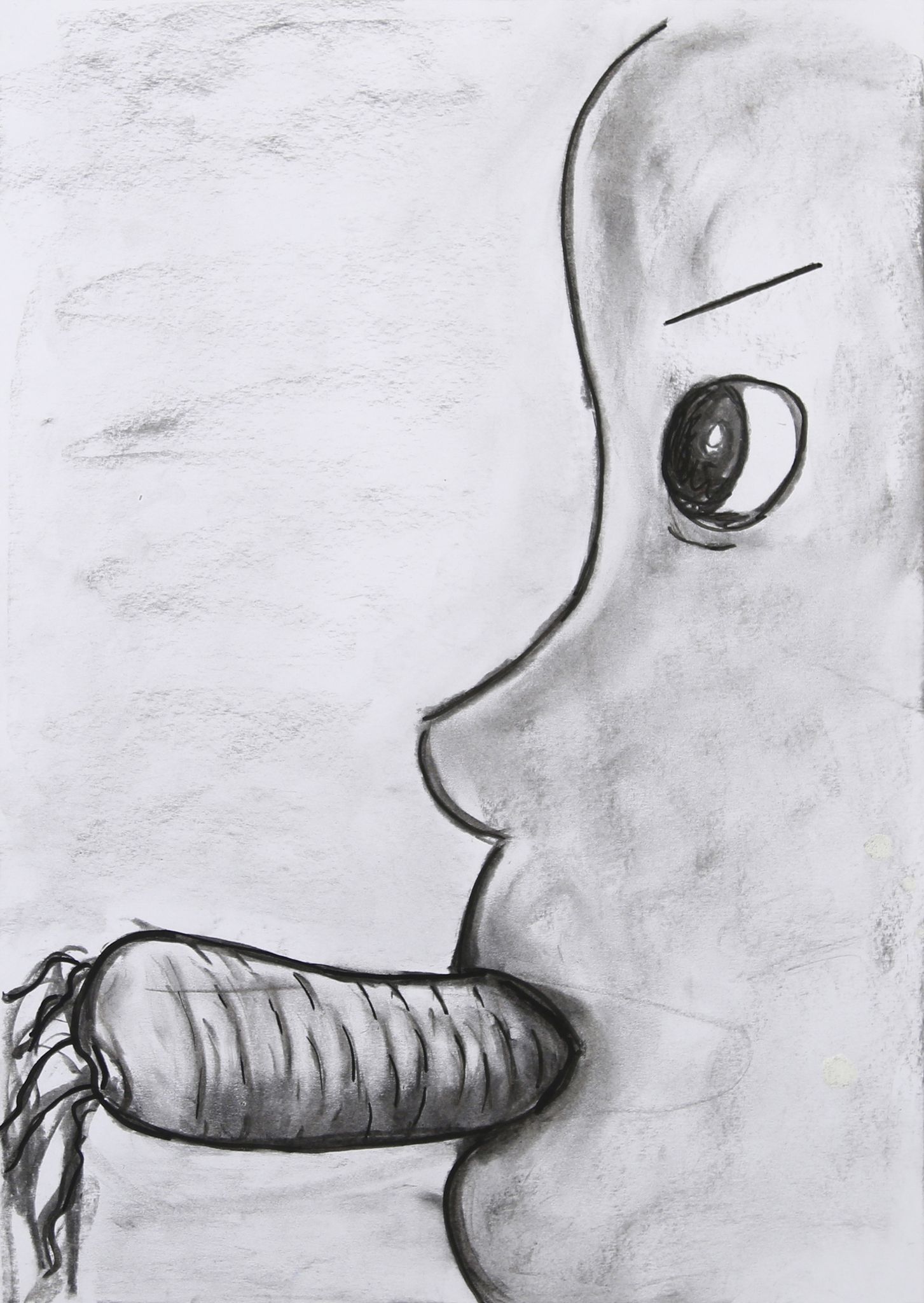
Dani Leder, 5 A Day / Carrot, 2018, Charcoal, acrylic on paper, 16.5 x 11.7 inches
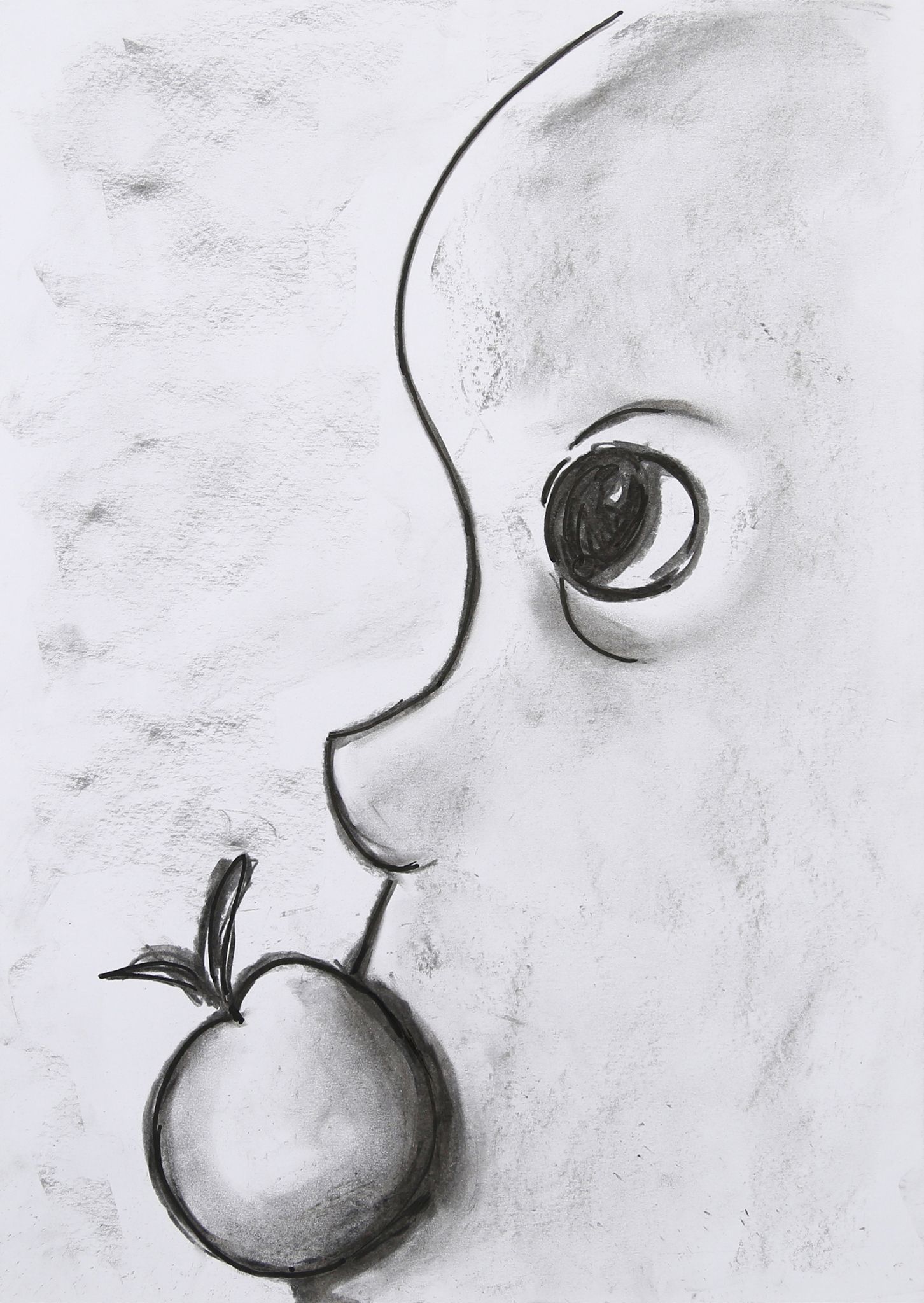
Dani Leder, 5 A Day / Apple, 2018, Charcoal, acrylic on paper, 16.5 x 11.7 inches
